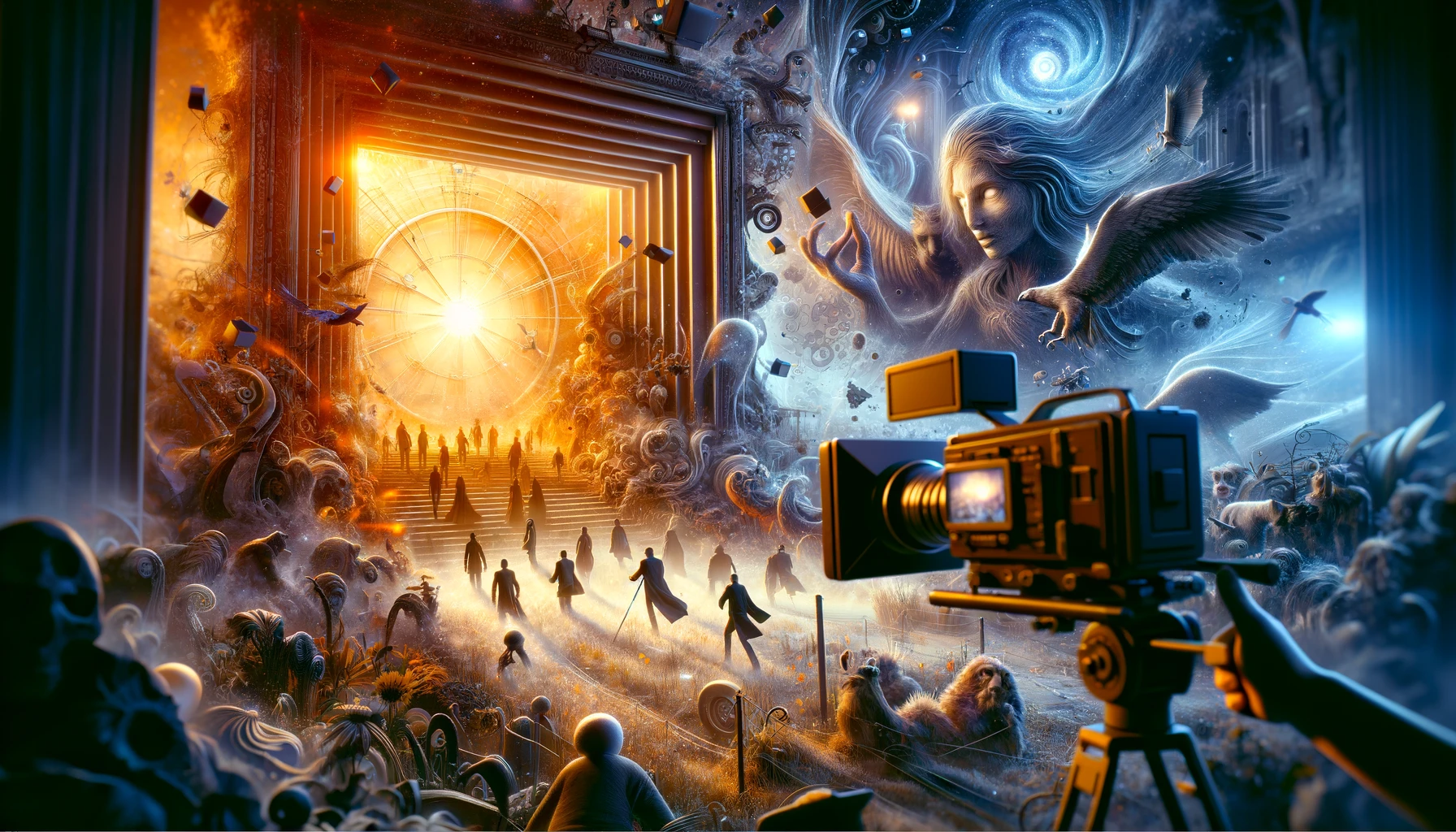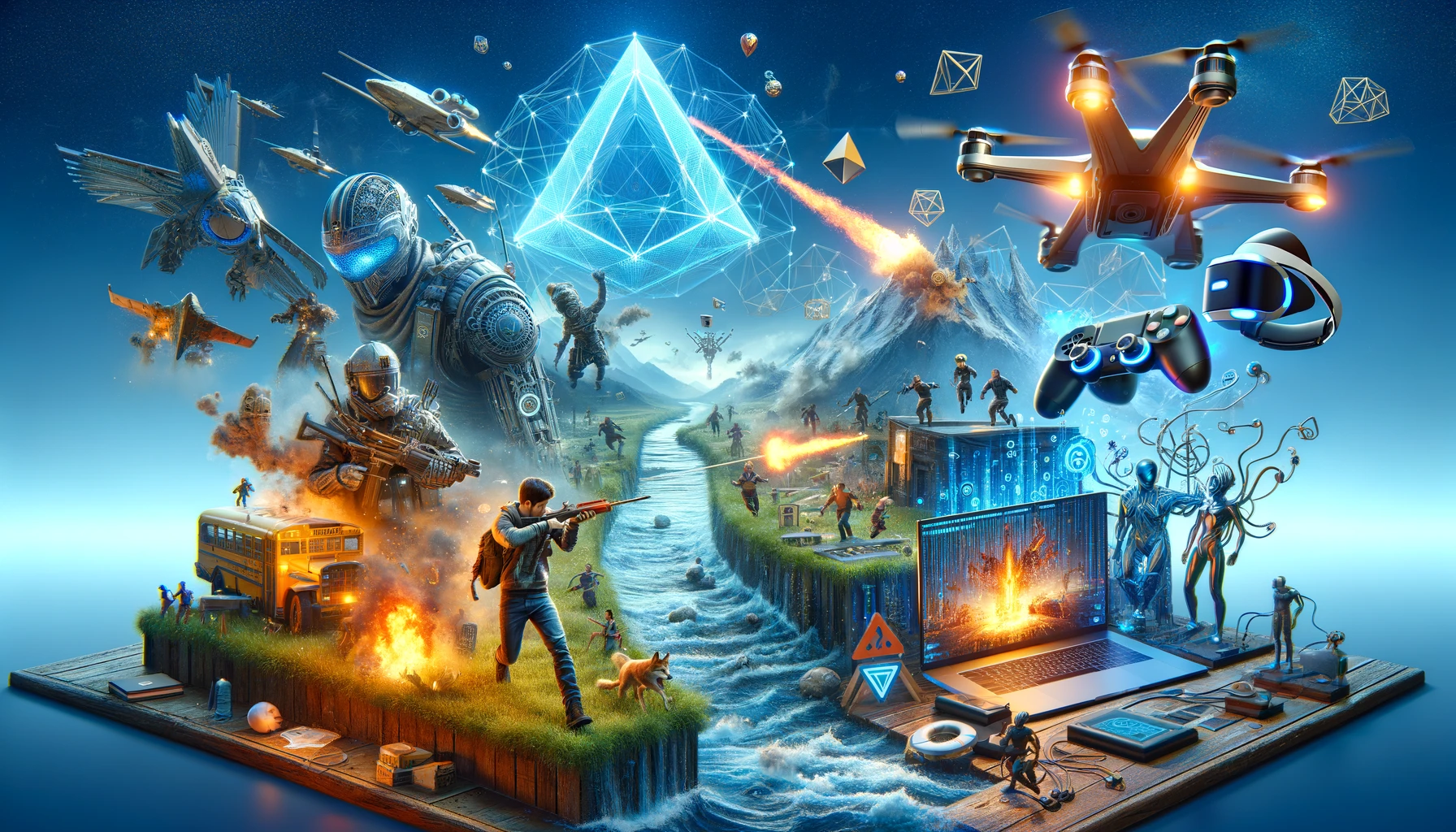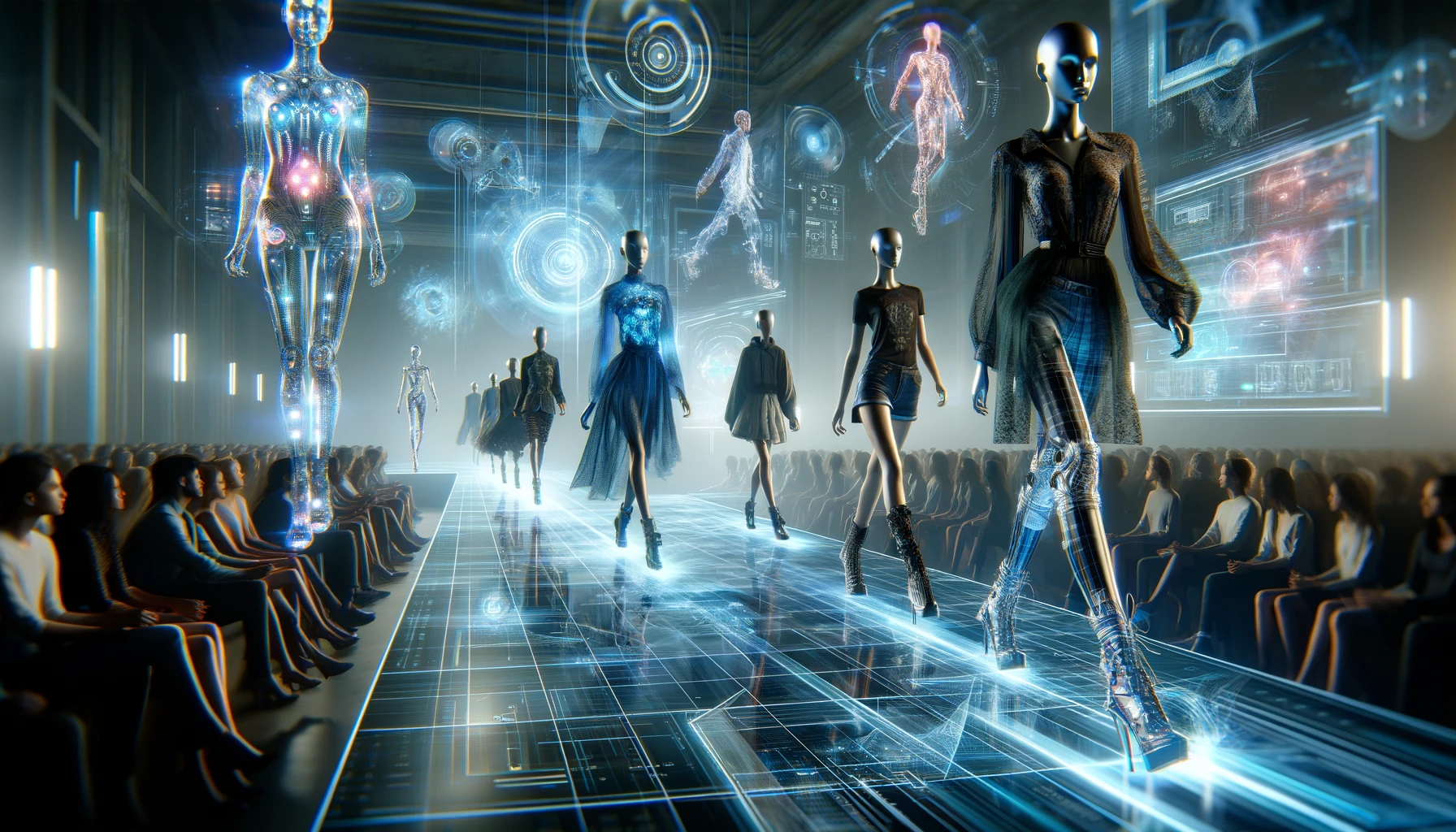Lights, camera, action! Welcome to the virtual set of your next 3D project, where the rules of traditional cinematography merge with the limitless possibilities of digital design. In this exciting journey, we'll uncover how cinematic techniques can elevate your 3D scenes from mere visuals to storytelling masterpieces. So, grab your director's chair, and let's make movie magic in the digital age.
Setting the Scene: Composition and Lighting
Every great film starts with a captivating scene, and in the 3D world, you're the set designer, lighting crew, and director all rolled into one. Composition is your first tool of trade—arrange your elements like a maestro, guiding the viewer's eye and setting the emotional tone. Remember, every object, every light source is a character in its own right, contributing to the narrative you wish to weave.
Now, let's talk about lighting—the unsung hero of both traditional and digital cinematography. Lighting sets the mood, defines the time of day, and highlights the key elements of your scene. Soft, diffused lighting for tender moments, harsh shadows for drama and mystery; with 3D tools, you're the master of illumination, painting with light to craft the perfect atmosphere.
Motion and Emotion: Animation and Camera Work
In traditional filmmaking, the camera is the window to the soul of the film. In 3D design, the same rules apply, but with an added twist—you're not bound by the laws of physics. Fly through spaces, swoop around characters, or create impossible crane shots. Use motion to tell your story, whether it's the graceful arc of a camera tracking shot or the raw emotion captured in the animation of your characters.
But remember, with great power comes great responsibility. Every camera move should have a purpose, every animation should add to the narrative. This isn't just about showing off your technical skills; it's about using those skills to enhance the story you're telling.
The Devil's in the Details: Textures and Effects
Now, let's add some flair. Textures bring your scenes to life, adding realism and depth. But beyond mere aesthetics, they can also be storytelling elements—think of the wear and tear on a warrior's armor or the sleekness of a futuristic city. Pair this with effects like particle systems for rain, fog, or magical auras, and you've got a scene that's not just seen but felt.
The Final Cut: Editing and Post-Production
Last but not least, we reach the editing suite, where all your scenes come together to form a cohesive whole. In the digital realm, editing is not just about cutting and splicing; it's about adding filters, adjusting colors, and fine-tuning every element to align with your vision. It's here, in the final cut, where your project transforms from a collection of scenes into a compelling narrative.
In conclusion, the fusion of cinematic techniques and 3D design opens up a world of storytelling potential. By thinking like a filmmaker, you can imbue your 3D scenes with emotion, depth, and impact. So take a bow, director—the digital stage is set, and it's time for your vision to come to life.





